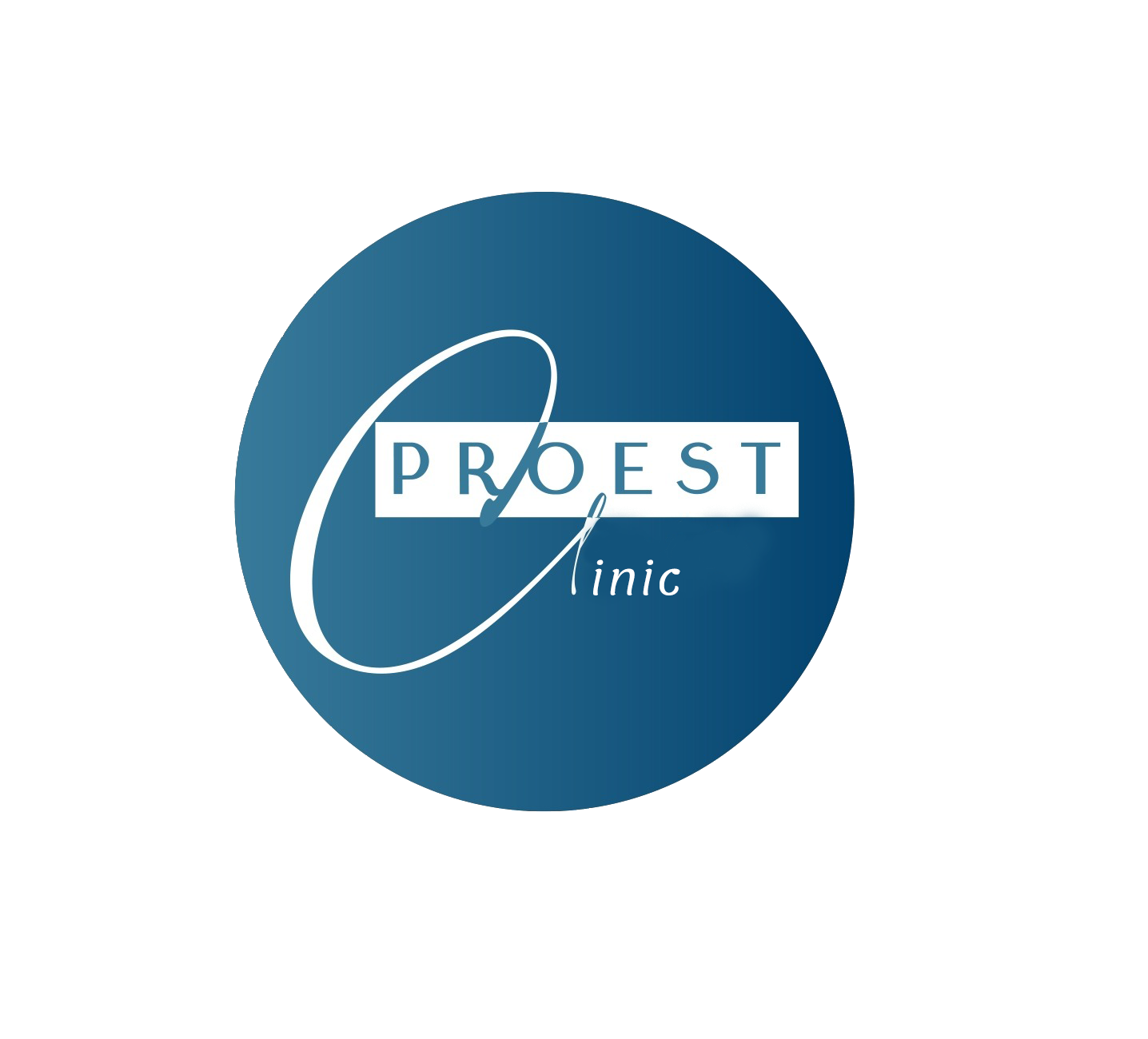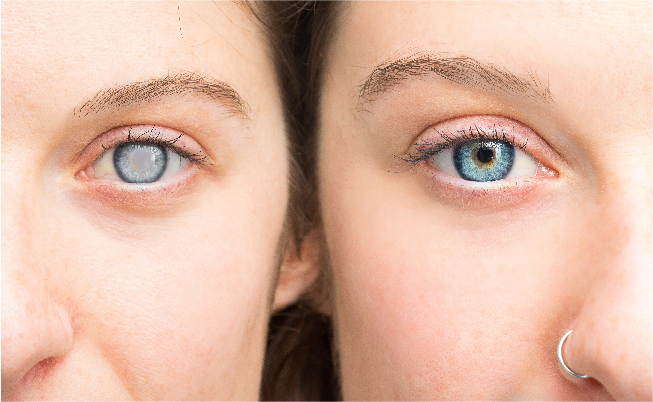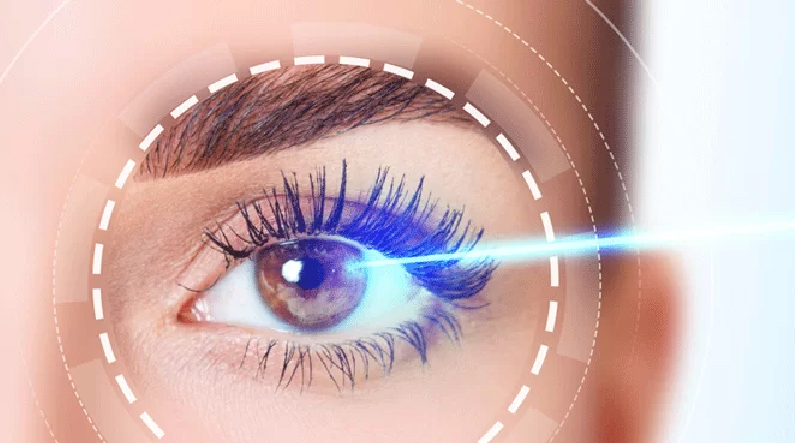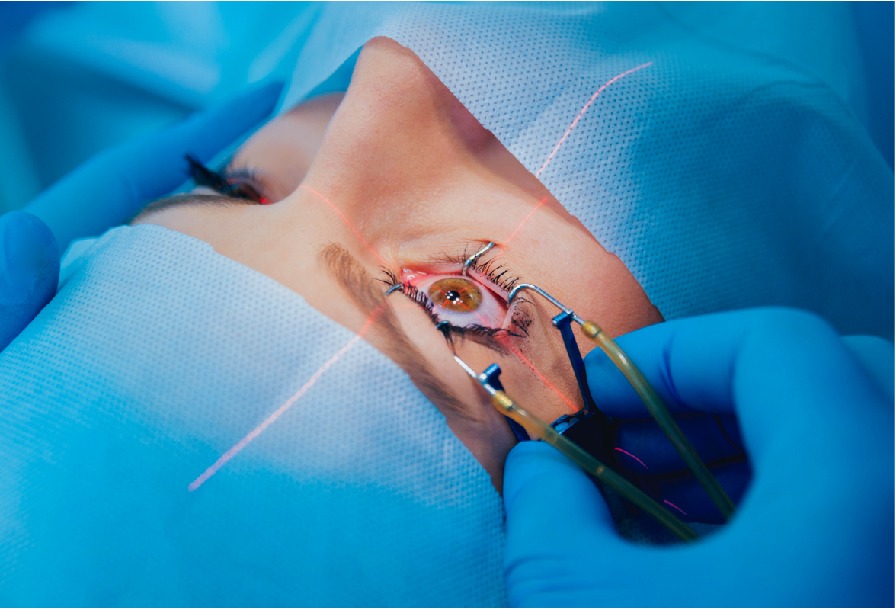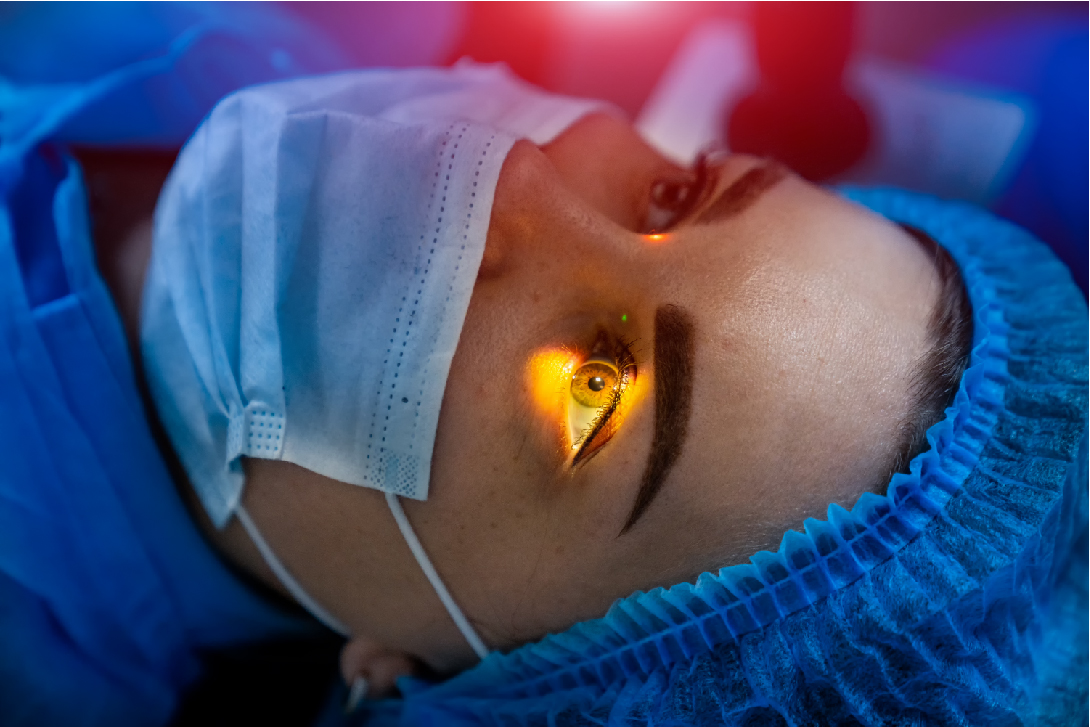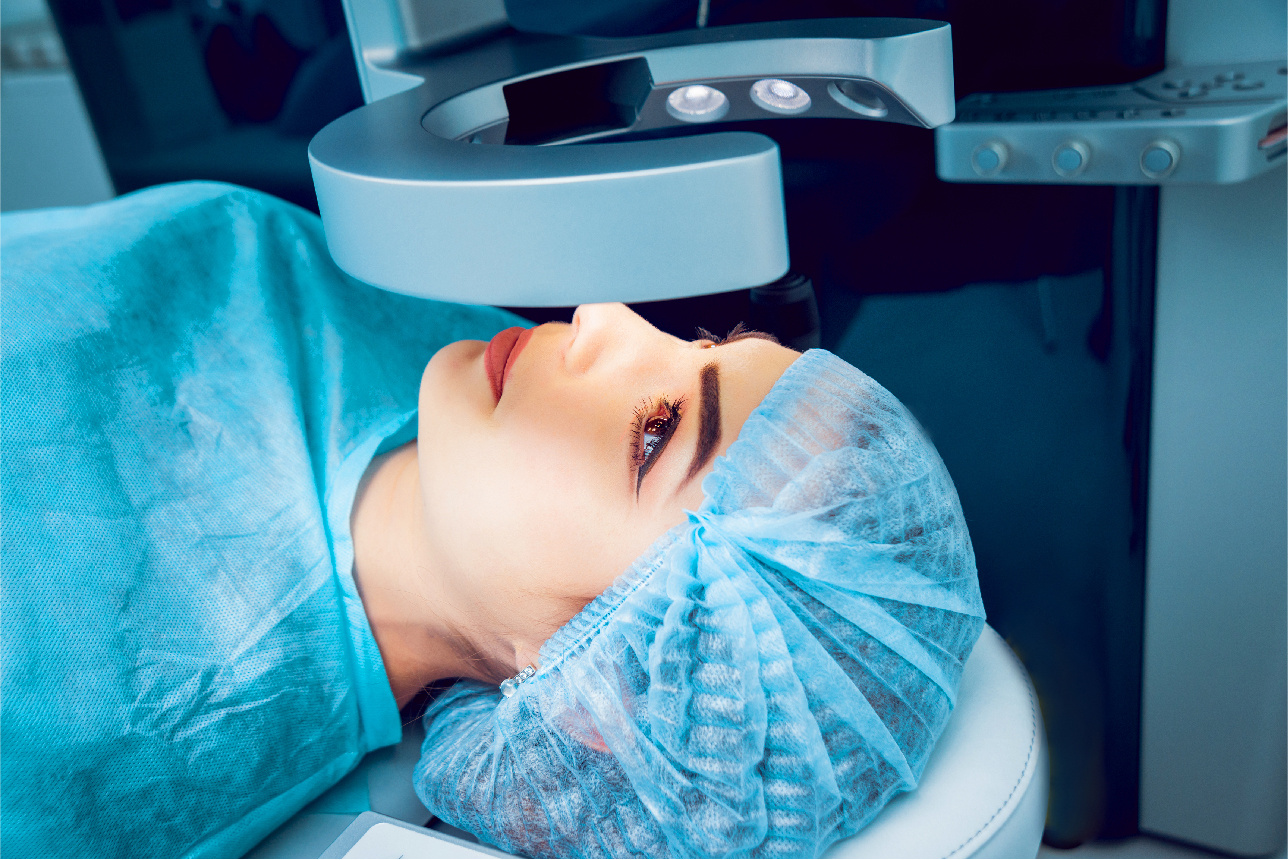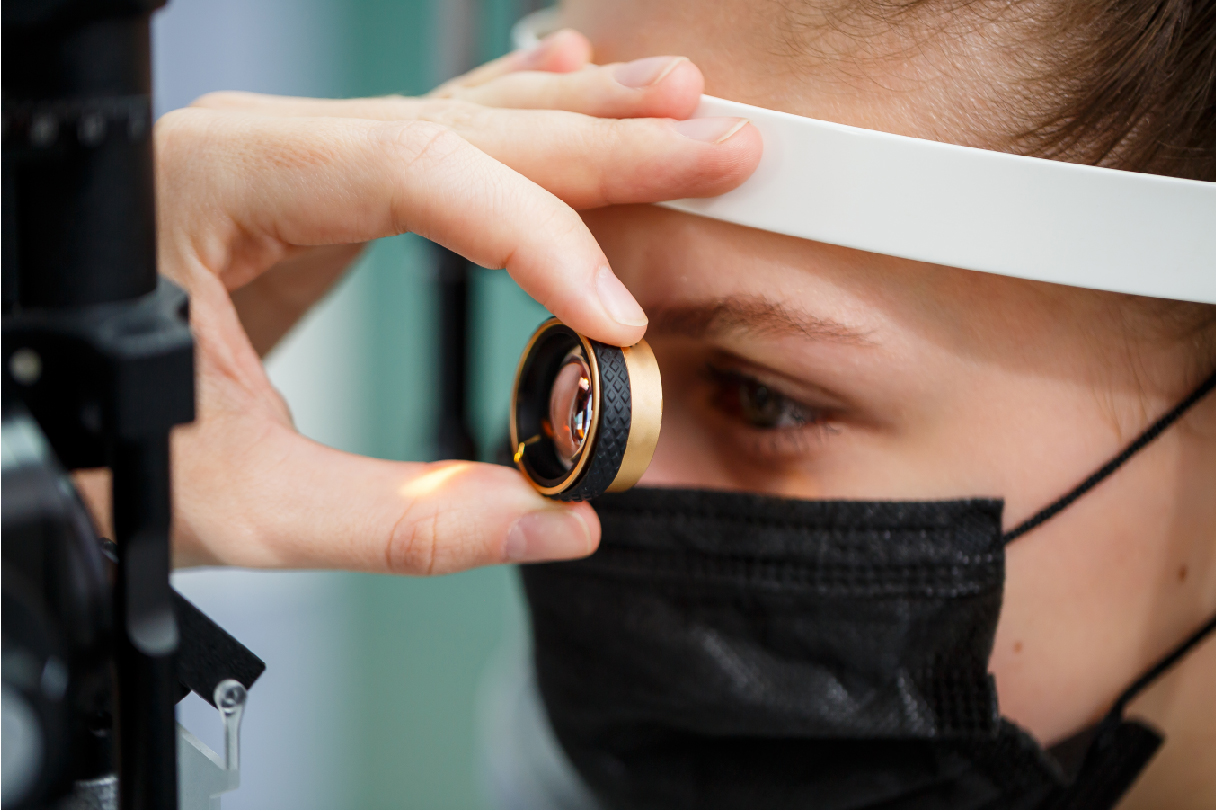Does the problem of near vision improve with cataract?
Vision improves in patients with rare cataracts. However, this is a temporary state of well-being. After the age of 40-45, an eye disease called presbyopia develops. As we get older, if we do not wear glasses at a distance, presbyopia develops as a result of the lens losing its ability to adapt and zoom, and we have difficulty seeing up close. That's why we need to use plus-numbered lenses. The cataract sometimes swells and soon begins to focus. When this is the case, the problem of near vision disappears and patients express the situation as follows: "Now I see better without my close glasses." However, it should never be forgotten that this is a very rare and temporary state of well-being.
What is laser cataract surgery?
About 20 years ago, cataract surgery was performed with the stitched method. An incision of 5-7 mm was made in the eye, and the cataract, that is, the impaired eye lens, was delivered as it was, and the eye was closed with 5 stitches.
Later, phacoemulsification, which is the modern method of seamless cataract surgery, was developed, briefly the phaco method. Thanks to this method, the cataract was dissolved in the eye with a phaco device inserted through a 2 mm hole, that is, a matchstick-like hole, and the operation was started to be performed without stitches thanks to this small hole.
Although this device actually uses sound vibrations while melting the cataract, this method was called laser cataract surgery in our country because it was cooler and sensational among the people in those years. In this period, although some devices using laser vibrations instead of sound waves were tried, their use was abandoned because they were not successful. However, the femto laser device, which has been used in recent years, could not replace these devices. It was used only in the first 2-3 stages of cataract surgery. The main operation is still performed with a phaco device.
What are the stages of laser cataract surgery?
* Opening the eye entrance holes: Manual or femtosecond laser (manual incisions are much smoother).
* Opening the anterior membrane of the cataract: Manual or femtosecond laser (It gives the same result in an experienced surgeon in both methods).
* Cataract fragmentation: Phaco device or femtosecond laser(It gives the same result in both methods in an experienced surgeon).
* Cataract melting: Phaco device.
* Cataract residual removal: Phaco device.
* Intraocular Lens (lens) placement: Phaco device or manual.
* Removal of residual drugs: Phaco device.
* Closing the holes: Manual.
Femto Laser Cataract Surgery
Femto laser device or femtosecond laser assisted cataract surgery method, which has been used in the last five years, is not a method that replaces the phaco method, but is a method that allows the first 3 steps of the 8 steps of the phaco method to be performed with a laser device. These steps are gradual making the holes made for the surgery with a laser, not a knife, and cutting the lens socket with a laser. The cataract is also divided into several parts by laser and after this point, the classical phaco method will be continued.
